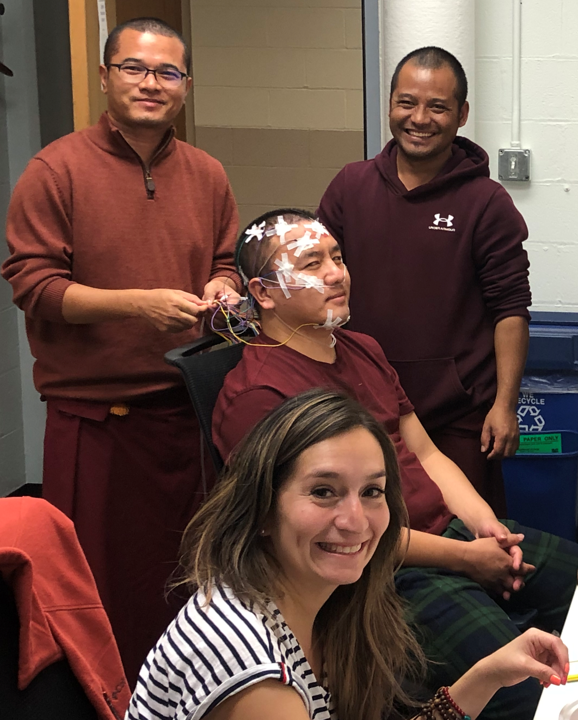Advancing our Understanding and Treatment of Anxiety Through Bringing Together Facets of Conscious Experience and Brain Mechanisms: Awareness Meets the Default Mode Network

Overview:
This project aims to evaluate the conscious experience for identifying the neural correlates of mental states, ultimately helping to develop diagnostic and treatment tools for anxiety.
Abstract:
The tremendous subjectivity of individual conscious experience creates exciting opportunities for research, yet at the same time presents a number of challenges for understanding common elements that hinder flourishing, both personally and collectively. For example, all individuals experience anxiety, whether fleeting moments based on circumstances, or constantly throughout the day. Currently, the only way to measure anxiety is through self-report measures. There is a nascent field of research that has identified possible neurobiological markers that are associated with anxiety. Our goals are twofold: (1) to evaluate conscious experience of anxious and non-anxious states as they relate to default mode network activity and (2) to determine if changes in brain activity predict clinical outcomes in individuals with moderate to severe anxiety after mindfulness training (using the Unwinding Anxiety app).

Broader Impact:
Identifying neural correlates of mental states will help to develop diagnostic and treatment tools for anxiety. Learning how digital therapeutics can target neural mechanisms of anxiety will help to further our understanding of how app-based mindfulness training changes the anxious brain.